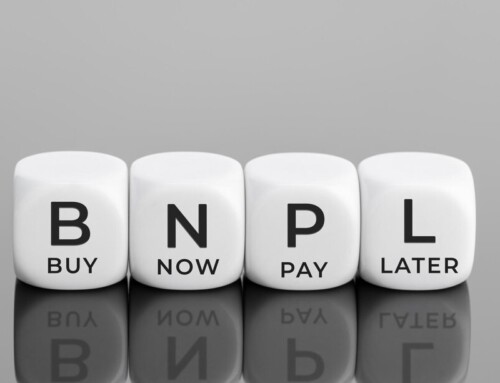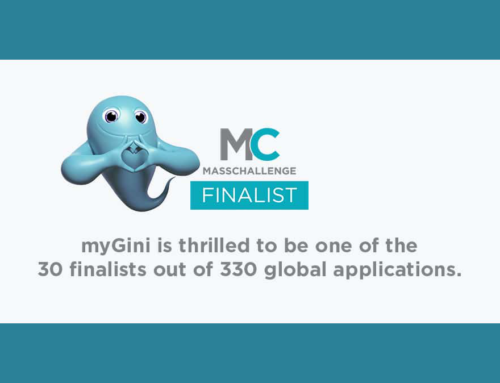
Sorry, Google – this is not the way to Cache in on the mobile banking opportunity.
Closely following in Apple’s footsteps, Google is making a bid for banking. The project, codenamed ‘Cache’, promises to introduce a new kind of user experience to mobile banking – but its ambitions are ill-founded, says Mehmet Sezgin, CEO & Founder of myGini. He explains why traditional financial institutions are still best placed to address cardholder pain points and how smaller banks can keep competition from Apple and Google at bay by revamping their rewards experiences.
Technology giant Google has recently announced its entry to the U.S. banking sector, offering checking accounts to consumers from early 2020. Much like Apple, Google will count on established banking systems to shoulder the financial burden and risk while it reaps the benefits of collecting shopping data from its customers to add to its already huge stockpile.
But Google is also likely to make a similar mistake to Apple – underestimating the consumer trust and agility of banks and credit unions.
Trust me – it’s still a bank’s world
Data has become the most important consumer currency as brands rely on it for personalization, advertising and sales – so consumers expect it to be handled transparently. With Google’s history ofdata privacy missteps, industry voices are already warningof the dangers of Google having eyes on individuals’ spending data.
While Google can certainly be trusted to create an engaging mobile interface, trust in banking goes deeper than a good digital experience. Consumers will be increasingly reluctant to share their financial information with large technology firms as they become more aware of the power to use and misuse personal data.
Traditional banks and credit unions that have an existing relationship with cardholders are much better placed to solve the problems Google is trying to solve.
You can trust a bank to look after your money and data
The rising demand for more digitally driven experiences in payments and banking should have been clear to all, even before Google, Apple, Facebook and Starbucks moved into the sector to point it out. Google is hopeful its “useful insights”and in-app budgeting tools will provide some respite for U.S. cardholders but these functionalities are only the bare minimum today.
U.S. financial institutions need to recognize the unexploited potential of mobile services. Modern shoppers use their smartphones at every step of the buying journey, from initial product research to payment and money management, but too often banks only concern themselves with the end stages of this journey. To compete with digital challengers and new industry entrants, they need to focus innovation efforts on areas where they have the upper hand – incentivizing card usage through loyalty offers.
Apples are only for Apples
Since cardholders look for perks whenever they shop and pay, preliminary loyalty functionalities won’t satisfy their hunger for discounts. Apple’s reward structure reflects this struggle well. What were trumpeted as ‘generous’ rewards only make a difference to cardholders invested in the wider Apple ecosystem. But not every purchasing need can be solved with Apple gadgets, software and services, so when looking for everyday deals, offers and coupons, cardholders are still left to their own devices – their smartphones.
AI brings dynamic loyalty to banking apps
With the expertise and perspective of fintechs, banks and credit unions can introduce artificial intelligence to the mobile banking experience and make their loyalty programs work smarter, not harder.
A loyalty program is key to the success of a card issuer’s mobile solution. A banking app driven by an AI-powered dynamic loyalty engine will dramatically increase card volumes, by offering relevant and engaging rewards from a larger pool of merchants, personalized to cardholder purchasing history, preferences and location. These plug-and-play fintech solutions are already available for banks and credit unions today.
Google and Apple have opened up the opportunity for banks to seize
Google has spotted a gap in the market and traditional financial institutions would do well to pay attention to where the technology titan believes consumer value lies. But as cardholder trust currently resides with traditional financial institutions, it’s banks and credit unions that are perfectly placed to address evolving demands for more engaging mobile banking and rewards services.
Financial institutions need to seize these opportunities today to create a superior rewards experience, future-proof their competitive advantage and retain cardholder loyalty.





